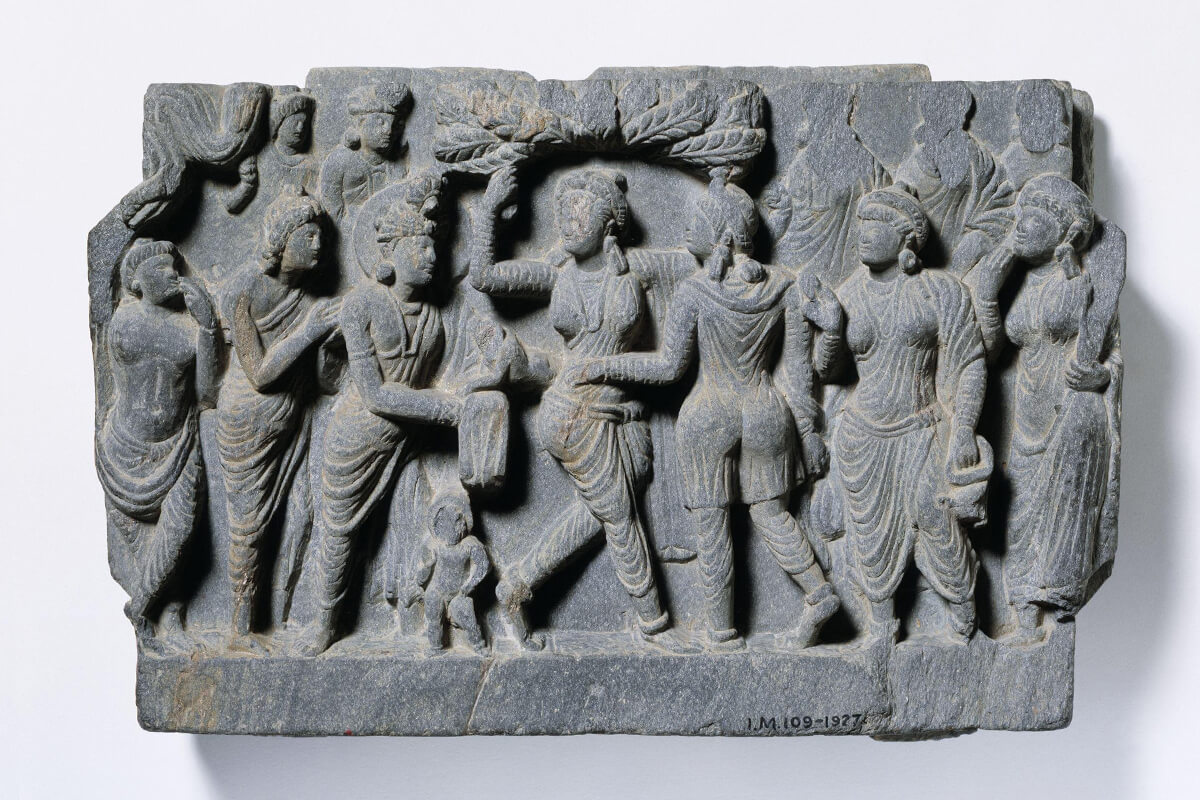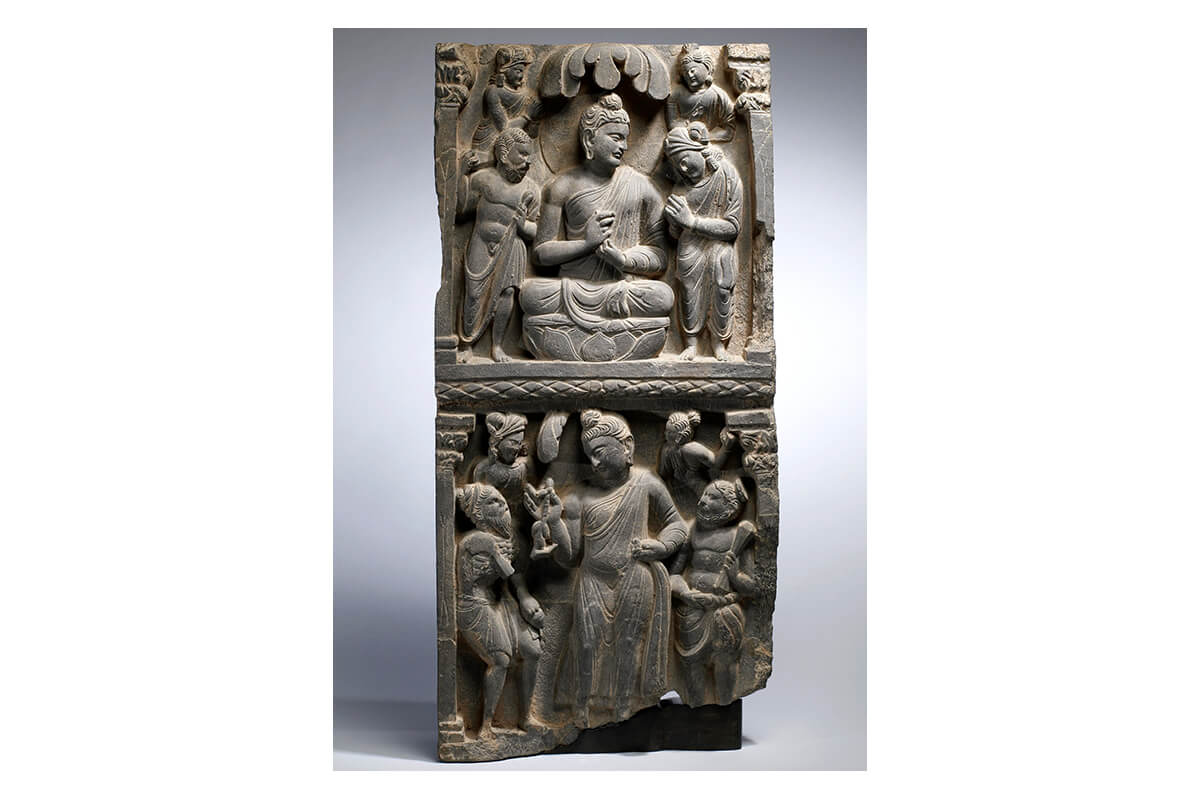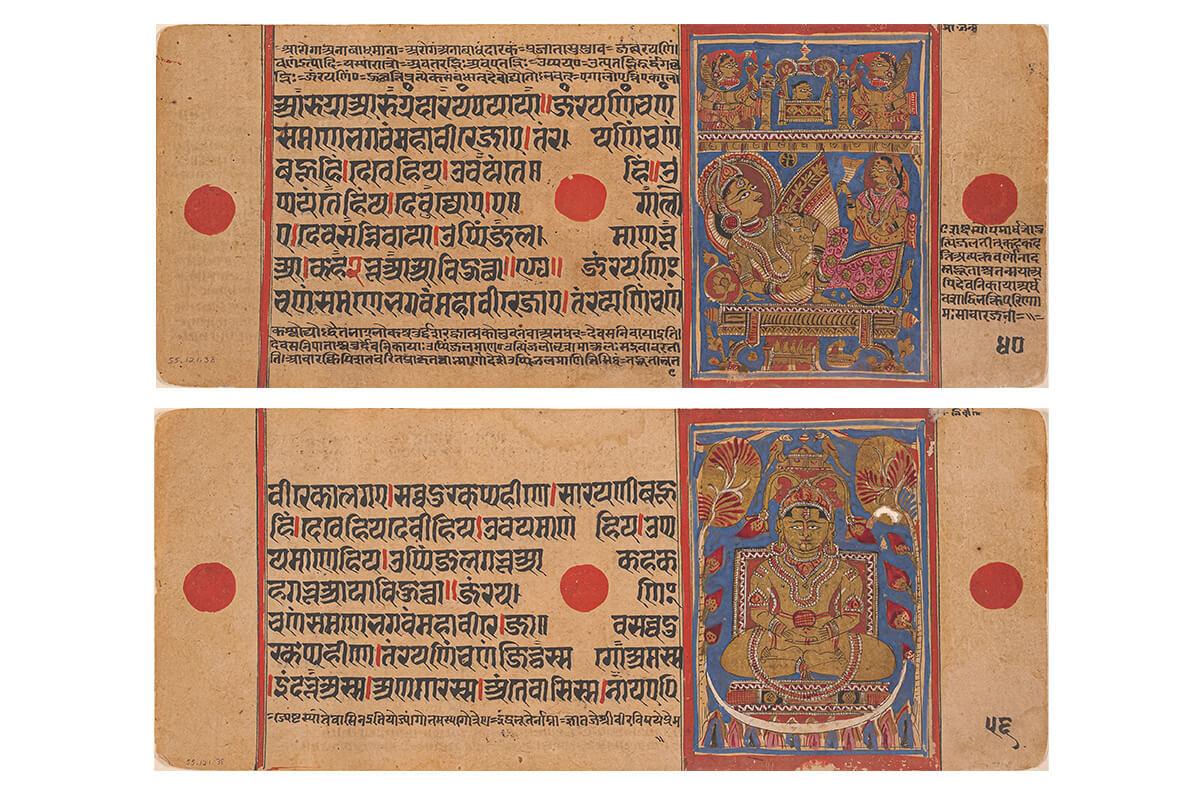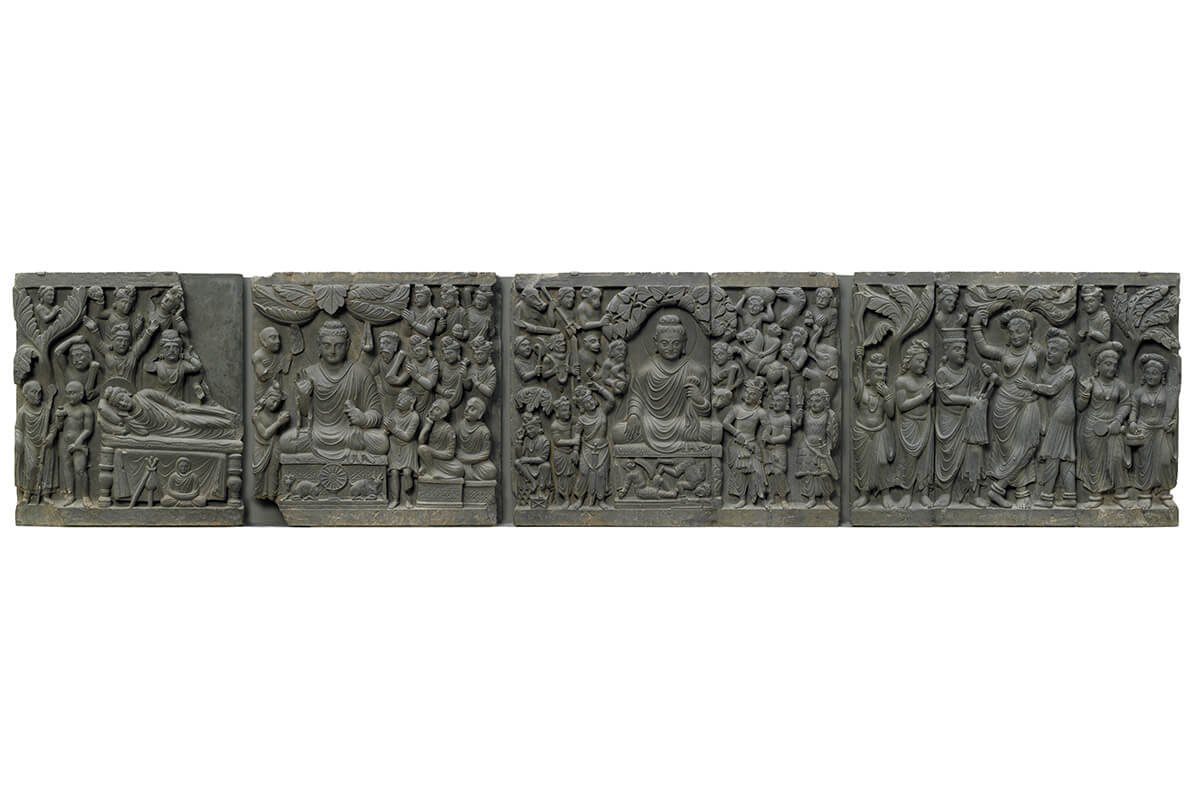The Advent of Early Buddhism, Jainism and the Ajivika Sect
550–450 BCE
The religious teachers Siddhartha Gautama, Mahavira and Makkhali Gosala emerge to prominence during a period of intellectual churn. While initially challenged by other groups and schools, they consolidate Buddhism, Jainism and the Ajivika sect, respectively. Their followers will go on to dominate religious art, literary activity and political philosophy for centuries. The growth of these schools proceeds alongside the consolidation of political power in the Gangetic Plains, with major powers such as Magadha and the Licchavi confederation going to war, and elites seeking to ally with powerful religious sects.
Bibliography
Cort, John E. Framing the Jina: Narratives of Icons and Idols in Jain History. Oxford: Oxford University Press, 2010.
Sharma, J. P. Republics in Ancient India, C. 1500 B.C. – 500 B.C. Leiden: Brill Publishers, 1968.
Singh, Upinder. A History of Ancient and Early Medieval India: From the Stone Age to the 12th Century. New Delhi: Pearson, 2016.
Cort, John E. Framing the Jina: Narratives of Icons and Idols in Jain History. New York, Oxford: Oxford University Press, 2010.
Sharma, J.P. Republics in Ancient India, C. 1500 B.C. – 500 B.C. Leiden: E. J. Brill, 1968.
Feedback 
This entry appears in
Art in South Asia
Visit Timeline
Associated Timeline Events
First Published: March 11, 2024
Last Updated: August 5, 2024









